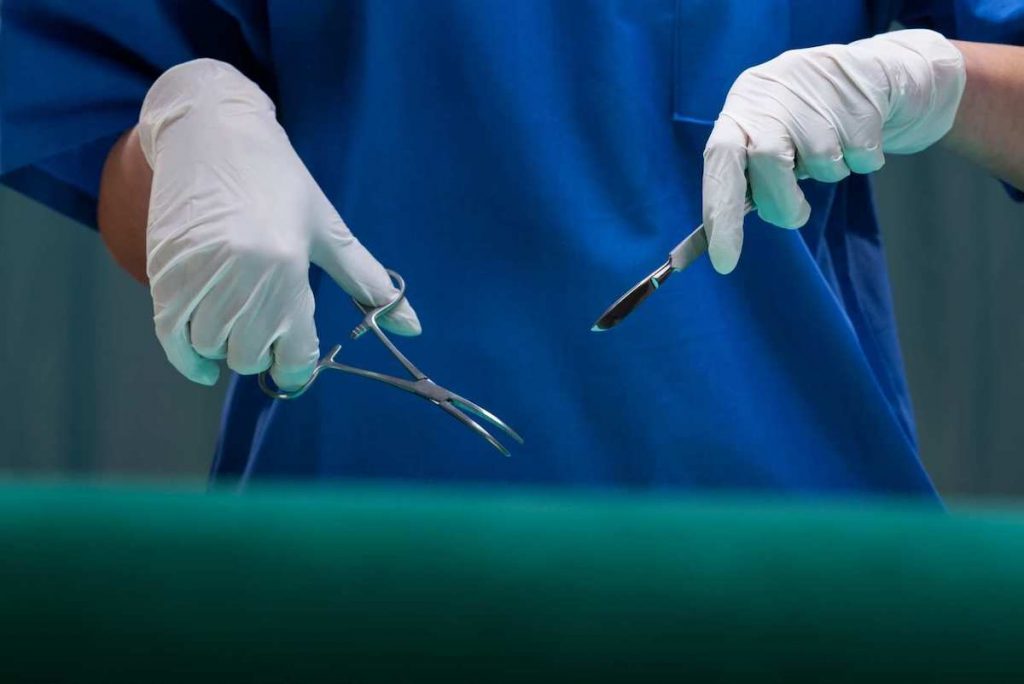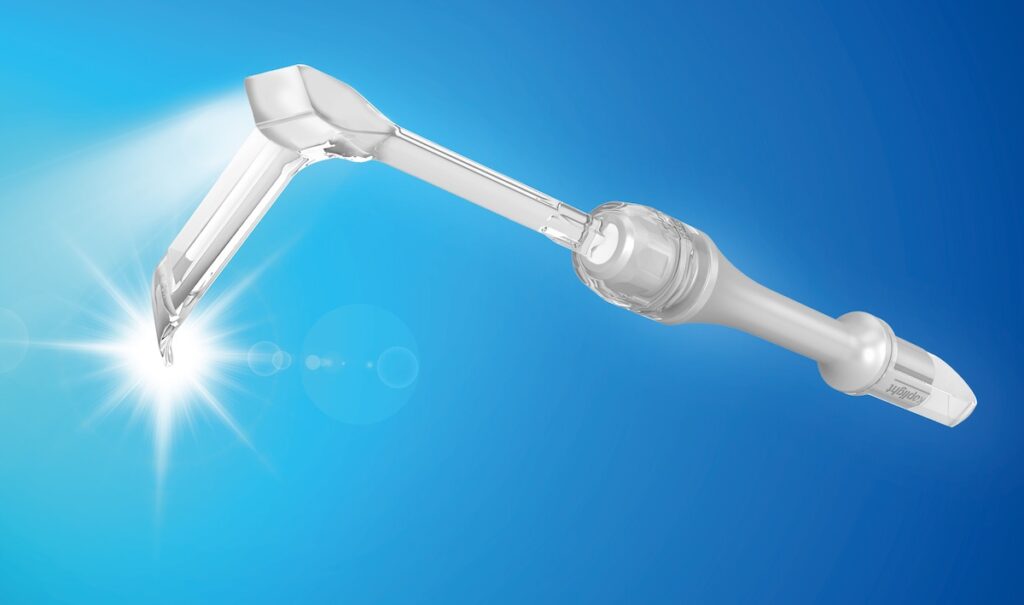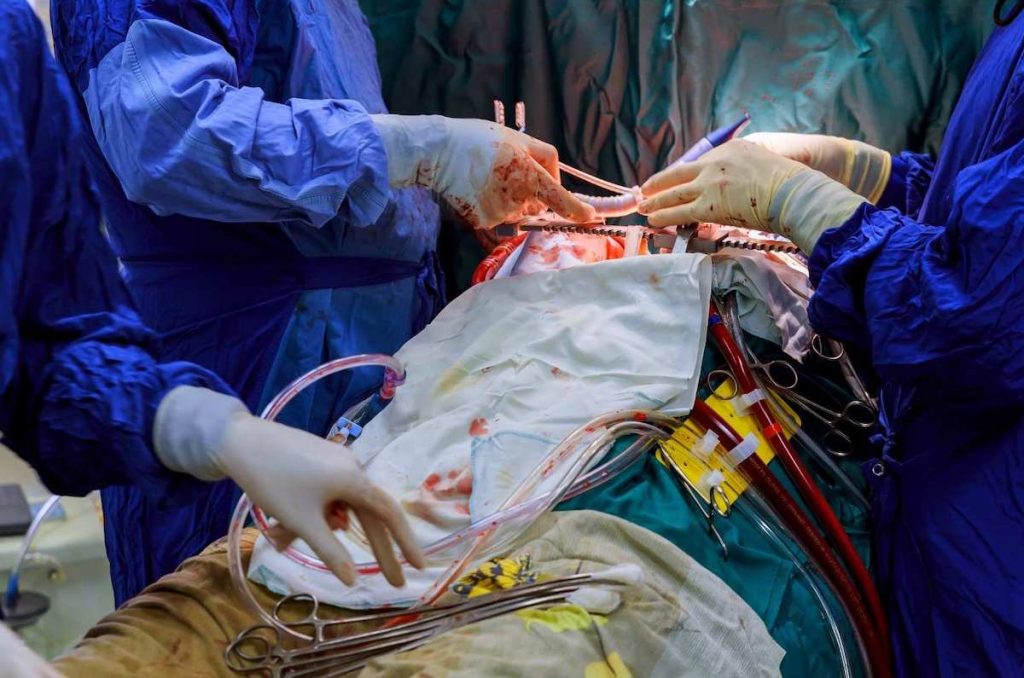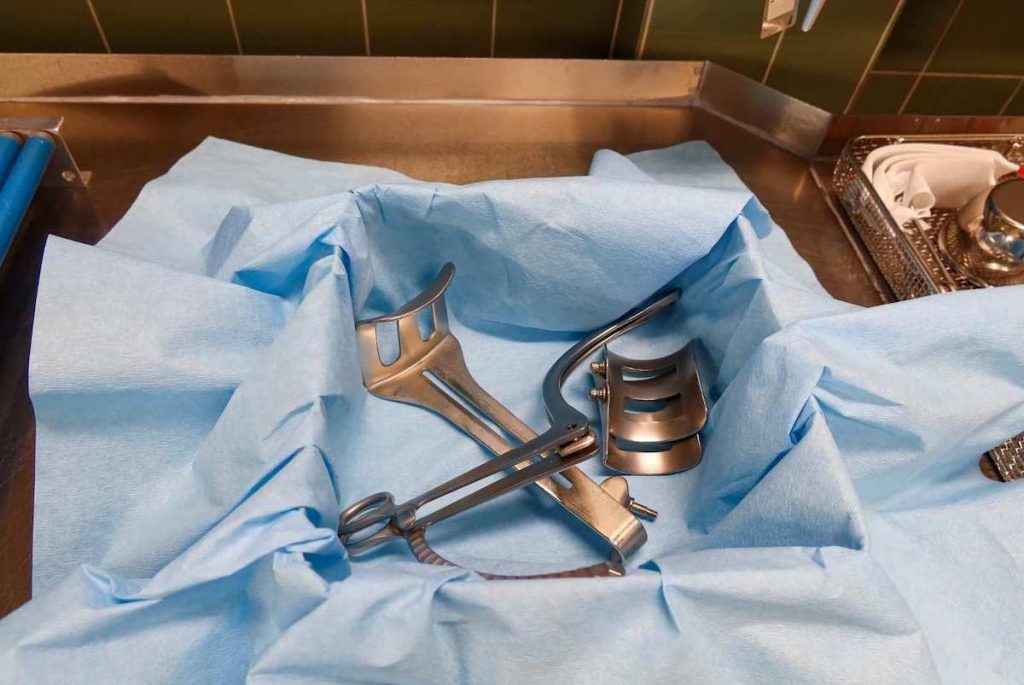As most surgeons and assistants know, retractors can be your best friend and your worst enemy. They make it possible to see and access the operative field, yet they can seriously fatigue your hands, arms, and shoulders.
Retraction of tissues or anatomical structures is an essential part of surgery, and various types of retractors get the job done. But often, there’s a better way – through use of a different retracting device and/or better positioning of the body.
Larger retractors can require brute force to keep them open, while handheld retractors can wear down your forearms and fingers. This fatigue can be reduced with proper technique and increasingly with modern, lightweight retractors. In this post, you’ll learn about both solutions.
Fatigue and retractors – An overview
Although fatigue during surgery is very common, it can be overwhelming for the surgeon. It’s roughly defined as the sensation of high-level contractions (high frequencies) of the muscle. These contractions have been demonstrated by EMG measurements in numerous studies. The force needed to hold and use the retractor increases fatigue.
Among the wide selection of retractors in use are the standard types: handheld retractors and self-retaining retractors.
Handheld retractors require some form of human force to operate them; a little or a lot. For stainless steel and other metals, more strength is needed than for a lightweight plastic retractor.
Self-retaining retractors are also commonly made of metal, and they have a locking mechanism so surgeons can use both hands. Apart from these are wound retractors, which are generally used in abdominal surgery. They separate the scar lips with their tension power.

Because handheld retractors need the surgeon’s or operating room personnel’s, own strength, they can cause fatigue, which can affect the success of the surgery and the surgeon over time. Or it can greatly fatigue whoever has this task.
Prolonged surgical time also increases fatigue. Increased arm fatigue reduces the precision of hand movements. Therefore today, other than better vision, surgeons have high hopes that retractors can lessen or maybe even prevent muscle and overall fatigue.
Adjust your grip
There’s more than one way to hold a retractor, and this is one key to reducing fatigue.
Handheld retractors, often made of metal, such as the Stanton forward retractor, act by pushing tissues, and there are no handles. Rake, Kelly, and Langenbeck retractors have a handle with holes for grip and leverage.
The most ergonomically optimal retractors are suitable for finger gripping. Although this increases convenience in terms of using retractors suitable for the hand’s grip position, it’s tiring to have to maintain that position for long periods of time.
Ideally, one hand should be used primarily for holding and the other is available as the surgeon stands in an upright position. Leaning forward or backward too much will cause fatigue earlier and more, as it unevenly distributes weight and pressure.
A retractor with a suitable size for the tissue should be selected. It’s necessary to apply the force from the most distal part of the arm, not the whole arm. One “hack”, or rather just good technique, is to keep the arms as close to the body as possible. This decreases the force applied, and indirectly reduces fatigue.
The forearms bear the brunt of most movement during operations, so it makes sense to think that the arm pulling the retractor should be in a 90-degree position whenever possible.

There’s a threshold for the pulling force. Above this threshold, more energy is used, but more tissue can’t be pulled.
Change your arm position
Changing the position of the arm, hand, or fingers during surgery requires no added equipment and is the easiest way to reduce fatigue.
For single-hole Langenbeck-style retractors, changing the fingers will reduce fatigue as the retractor distributes the force. Partial relief can be achieved if the retraction is continued through the second hole.
The hands and fingers should be used equally so the strength and fatigue can be distributed. Sometimes, surgeons may prefer to use two or three fingers to hold the retractor instead of the whole hand to give some relief to the hand itself. This, of course, can move the fatigue to the fingers.
Arms can be positioned to reduce fatigue. For example, pulling the retractor when the arm is near the upper torso will lessen the strength needed.
Likewise, keeping at arm’s length from the patient will reduce tension. Standing too close to the patient requires the surgeon or other personnel holding the retractor to pull their arm back, and this adds to fatigue.
Consider the retractor material
Metal retractors will naturally be more durable than plastic ones, but they cause more fatigue because of their weight. Plastics these days are also showing very promising durability.
Metal retractors also introduce problems such as blocking the field of view, obstructing x-rays and imaging, and heating up.
The composition of the steel determines the retractor’s quality. The higher the chromium content of the steel, the higher it resists rusting. An increased carbon ratio reduces the steel’s corrosion resistance and increases its strength.
Lighter-weight plastic retractors are better able to reduce fatigue. Therefore, materials with high holding power but not requiring high traction power, like medical-grade polycarbonate, are used in newly produced retractors.
Plastic retractors reinforced with different materials can cut the device’s weight and reduce fatigue. Also, plastic’s non-opaque nature allows the surgeon to see the retracted tissue. This is a key benefit of the Yasui koplight™; one that inspired its creation.

There are two important points to consider regarding these new materials. First, they should be strong enough not to break. And second, they should provide enough tension for adequate vision. The best plastic retractors do this with ease, while offering the hygiene of a single-use appliance, or appliance part. That’s in addition to an increased field of view.
Likewise, tougher but lighter metals or alloys are more likely to reduce fatigue. One of the materials that comply with these features is carbon fiber. It’s a very suitable material for retractor construction because it’s both light and durable. These retractors can, however, be very expensive. They may not prove to be practical investments when much lower-cost plastics are available, especially those produced in advanced economies (such as Japan, the U.S., and Germany) and backed by strong regulatory standards.
Using an instrument other than a retractor
Another way to reduce retractor fatigue is to not use a retractor – use something else.
Self-retaining retractors like forceps are better options for preventing fatigue, at least when they’re available and suitable for the job. Forceps can not only be used to grasp tissue but offer a flat end to put in the body cavity and retract tissue.

Suction tips are another option. These include the Andrews–Pynchon suction tube and Yankaur suction. Lighter devices such as these may actually do the job as well as a dedicated retractor, but with less weight and therefore less fatigue.
Other ideas for reducing fatigue
The use of materials with superelasticity, meaning they can return to their original shape when released after the tension will reduce fatigue to a certain extent. Nickel-titanium is an example of these materials.
Magnetic retraction forceps can be an option to lessen the strength needed. Also, magnetic self-retaining automatic retraction systems can be created. With the widespread use of robotic surgery techniques, robotic self-retaining retractors have also advanced. They can be a better but costly choice to prevent fatigue.
A final tip is just to loosen up the body. Especially during intense moments of surgery, the tension can be transferred to the grip. This greatly fatigues the arm when the surgeon can simply loosen up. This adds time for holding the retractor.
The future of surgical retraction fatigue
The scientific field is continually evolving. With newer surgical techniques new challenges emerge. Although minimally invasive methods shorten the duration of the surgery, retractors should be chosen suitably to lessen the strength needed.
Retractors with materials that are optimal for the surgical field, and that don’t require much traction force, can be used.
This article was medically reviewed by Melih Çaklili, MD, a veteran neurosurgeon.
—
To learn more about how the handheld koplight™ surgical retractor can reduce fatigue, contact us at Yasui or download a brochure.

